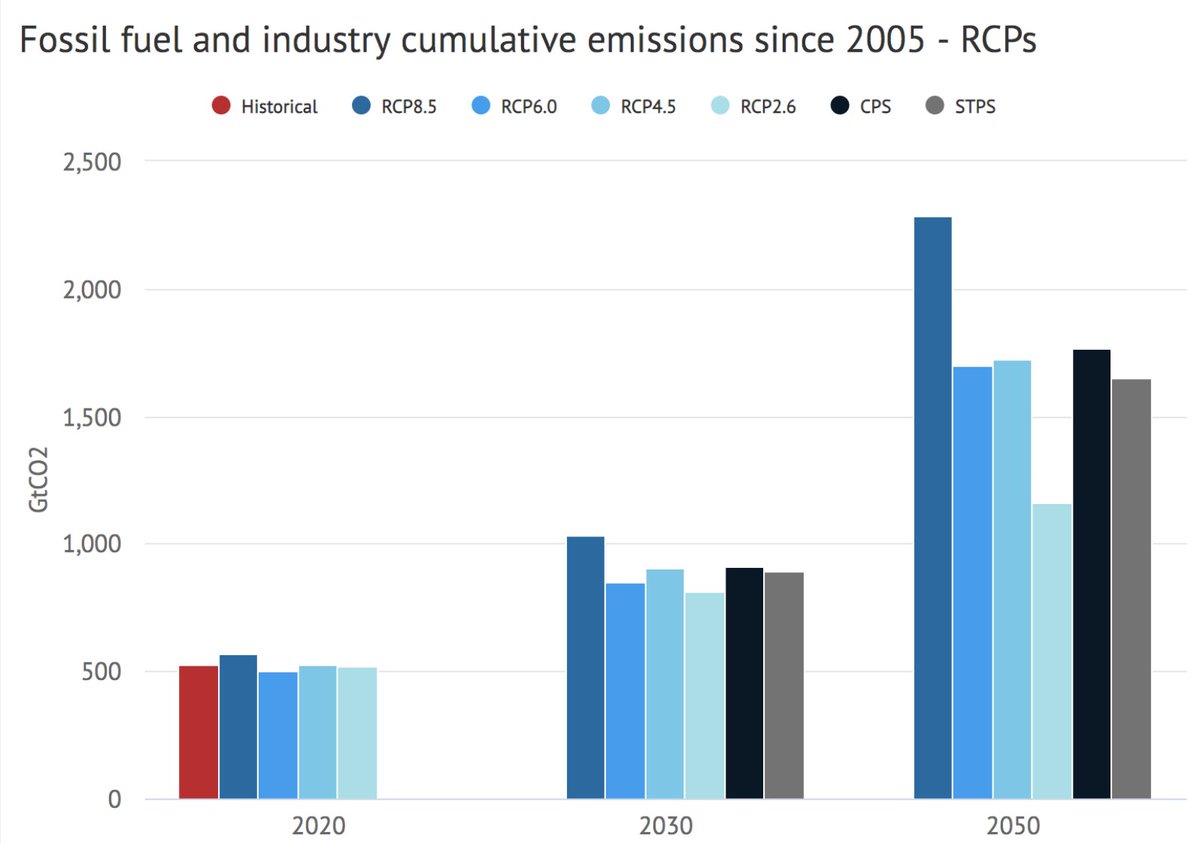
Climate scientist here; stuff like this is dangerously inaccurate.
If we stop emissions tomorrow, the earth will remain around 1.2C above preindustrial temps. If we get to net-zero emissions by 2060 or so, we can still limit warming to well below 2C.
businessinsider.com/climate-change…
If we stop emissions tomorrow, the earth will remain around 1.2C above preindustrial temps. If we get to net-zero emissions by 2060 or so, we can still limit warming to well below 2C.
businessinsider.com/climate-change…
A wide range of studies – including the latest state-of-the-art Earth System Models – all show there isn't much additional warming "in the pipeline" if emissions go to zero. Saying its too late makes folks give up hope; the warming we get is still up to us biogeosciences.net/17/2987/2020/
To elaborate a bit, if we held atmospheric concentrations of CO2 constant, the world would indeed warm another 0.5C or so. But if emissions go to zero, falling levels of atmospheric CO2 counteract additional warming as the ocean equilibrates with the atmosphere.
Similarly, additional warming from reduced sulphate aerosols is counterbalanced by falling short-lived GHGs like methane. This diagram in the recent IPCC Special Report on 1.5C shows the effects of various zero emissions scenarios: 

So, at the end of the day the amount of warming we get this century is up to us. We aren't committed to large amounts of additional warming, but at the same time we need to speed up emissions reductions significantly if we want any hope of limiting warming to well-below 2C: 

• • •
Missing some Tweet in this thread? You can try to
force a refresh






